PHOTONIC FREQUENCY DOMAIN QUANTUM PROCESSING
The photon's frequency degree of freedom is compatible with mature telecom infrastructure and thus offers large potential for the stable and controllable realization of photonic quantum processing applications such as the quantum internet.
The Hong–Ou–Mandel effect, as a two‐photon interference phenomenon, serves as a central building block for such frameworks.
We recently demonstrated the Hong–Ou–Mandel effect between independently created photons of different frequencies.
A. Khodadad Kashi and M. Kues, “Spectral Hong–Ou–Mandel Interference between Independently Generated Single Photons for Scalable Frequency‐Domain Quantum Processing” Laser and Photonics Reviews, doi.org/10.1002/lpor.202000464 (2021).



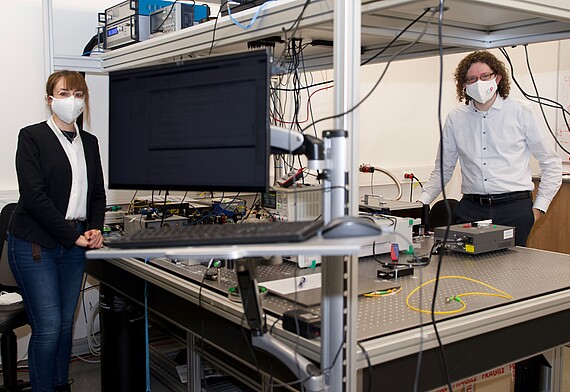
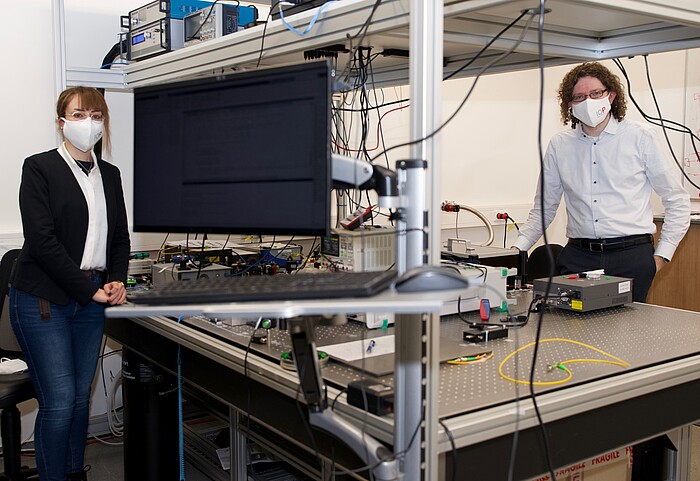
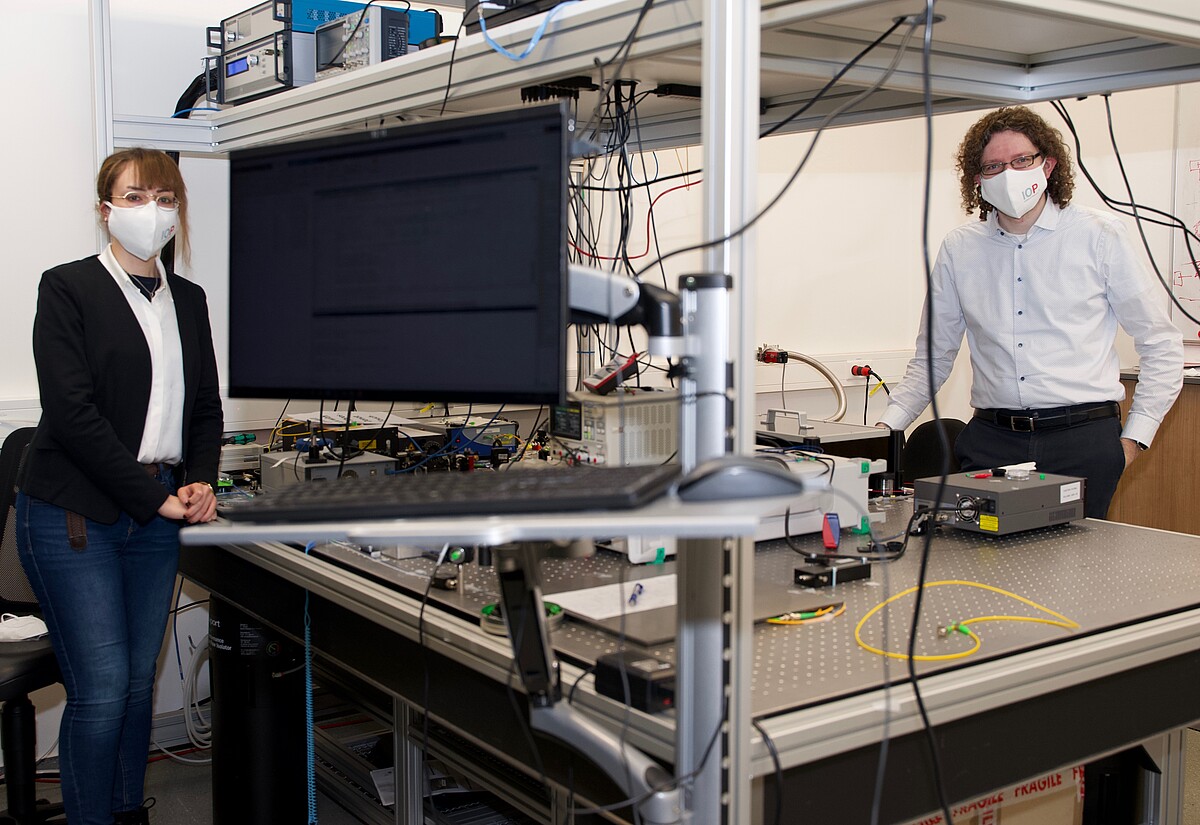
QUANTUM LIGHT SOURCES
Realization of secure non-classical telecommunication, quantum teleportation, quantum information processing necessitates to employ sources having high photon-pair generation rates with broad generation bandwidths.
We recently demonstrated correlated photon pair generation in AlGaAs-on-insulator (AlGaAs-OI) waveguides, showing unprecedented pair generation rates.
H. Mahmudlu, S. May, A. Angulo, M. Sorel, and M. Kues, “AlGaAs-on-insulator waveguide for highly efficient photon-pair generation via spontaneous four-wave mixing” Optics Letters 46 (5), 1061-1064 (2021).

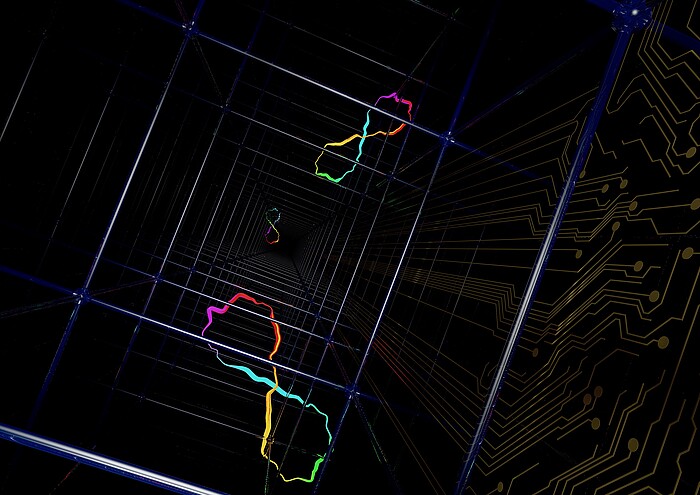
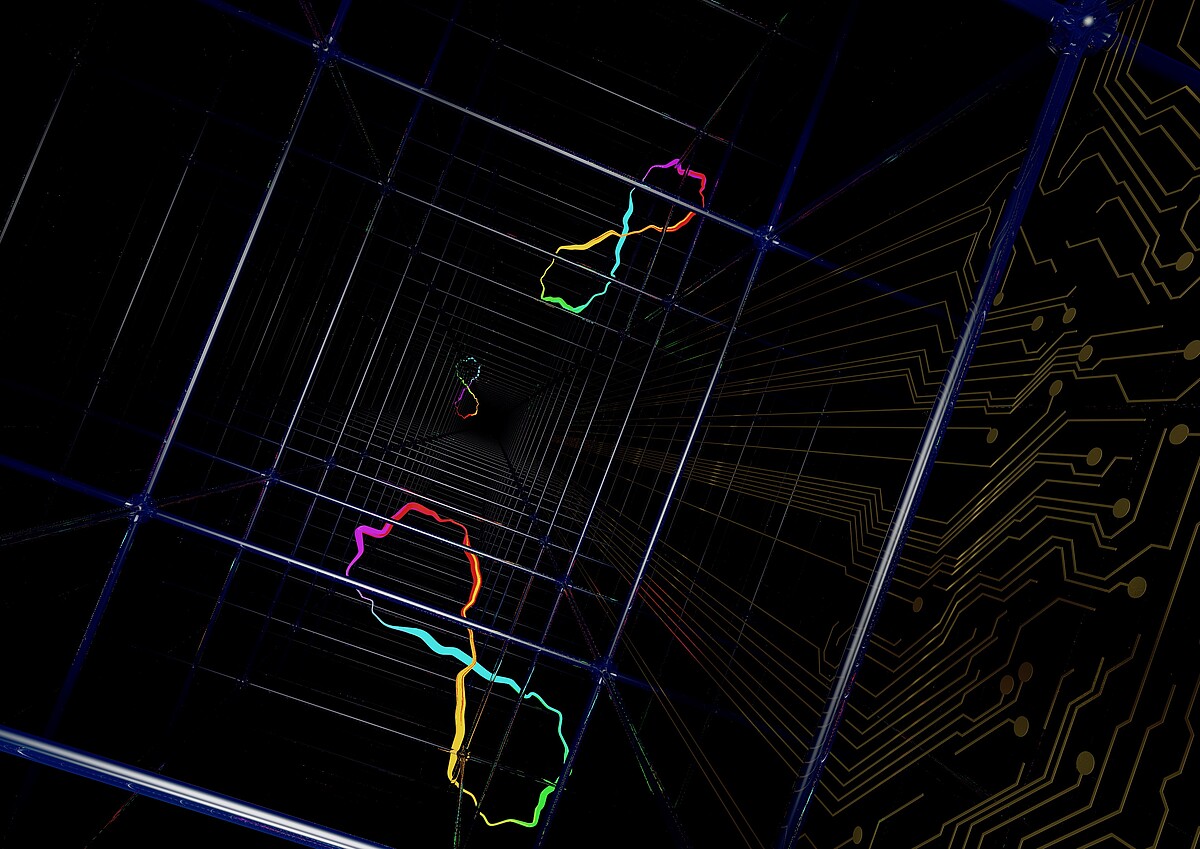
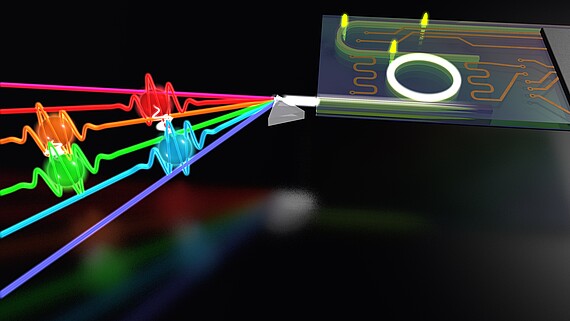
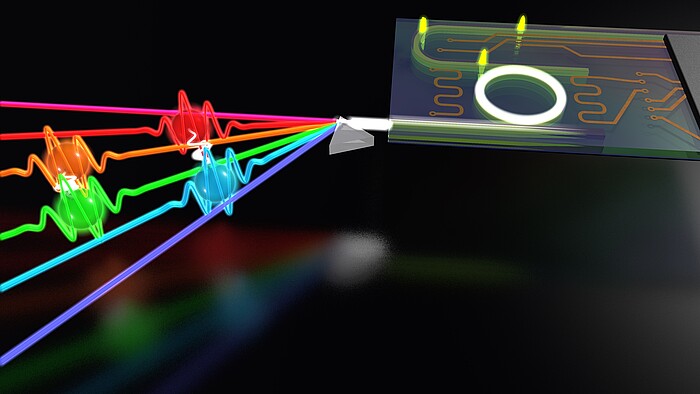
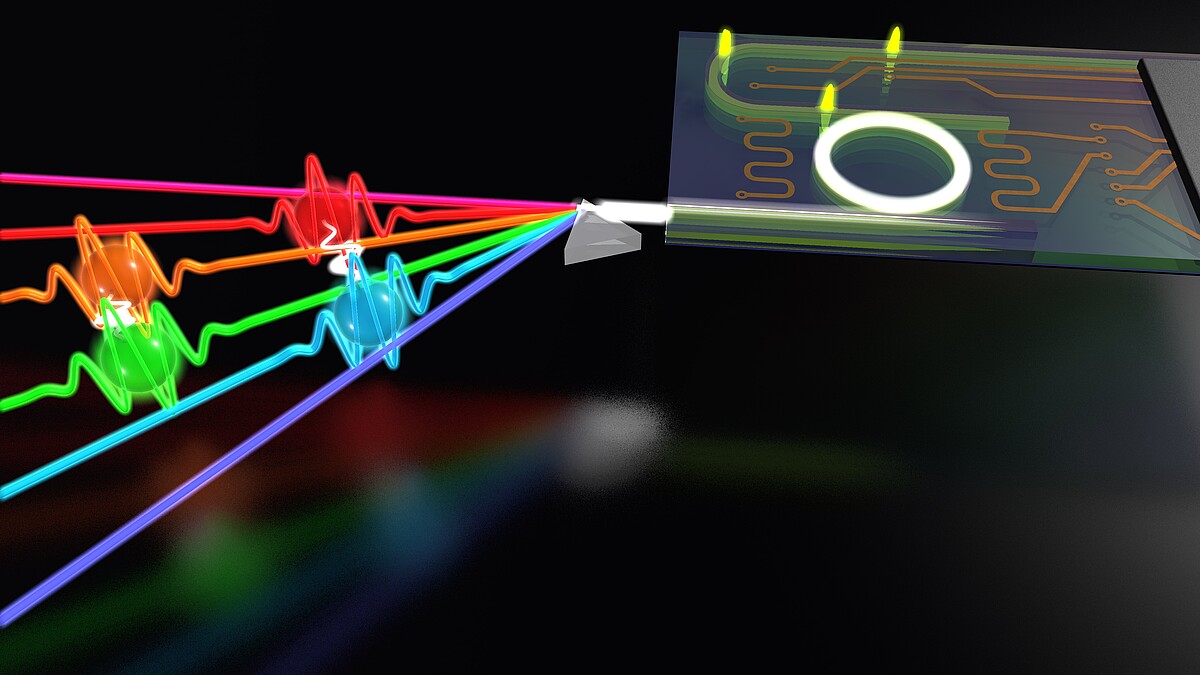
INTEGRATED QUANTUM FREQUENCY COMBS FOR COMPLEX PHOTON STATE GENERATION
Integrated frequency combs are characterized by equidistantly spaced frequency components in the sepctral domain and are important for considerations of classical physics applications. In the context of scaling up the complexity of optical quantum states and circuits, exploiting these on-chip approaches on the single photon level have provided a new framework to address the challenges of non-classical optical state generation and manipulation.
The quantum frequency comb generation system relies on a small photonic chip, fabricated through similar processes as those used for manufacturing integrated electronics and off-the-shelf telecommunications components. With an on-chip micro-ring resonator excited by a strong pump field, photons are emitted in pairs that share a complex quantum state.
Based on such generation scheme, it could be demonstrated that multiple and large entangled photon qubit states can be generated simultaneously on a compact chip. This can be used to generate entangled multi-photon qubit states on several hundred modes of integrated quantum frequency combs.
In a different way, photons can end up in a state that is featured by a number of superimposed frequency components: the photons are simultaneously several colours, and the colours of the two photons in the pair are linked (entangled) and this regardless of their separation distance. As each frequency – or color – represents a dimension, the photons are generated on-chip as a high-dimensional quantum state (quDit). Thus working in the frequency domain allows the superposition of many more states (to illustrate, a high-dimensional photon can be red AND yellow AND green AND blue, although the photons used here were infrared for telecommunications compatibility), enhancing the amount of information in a single photon.


